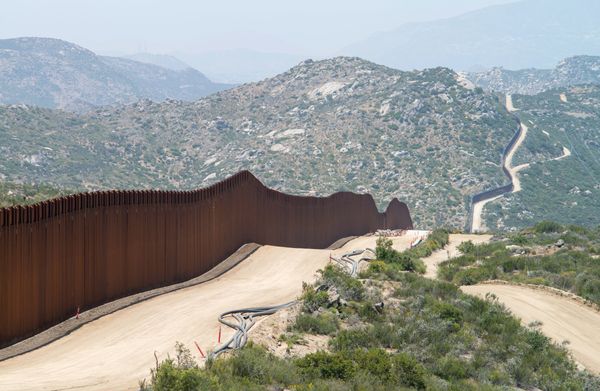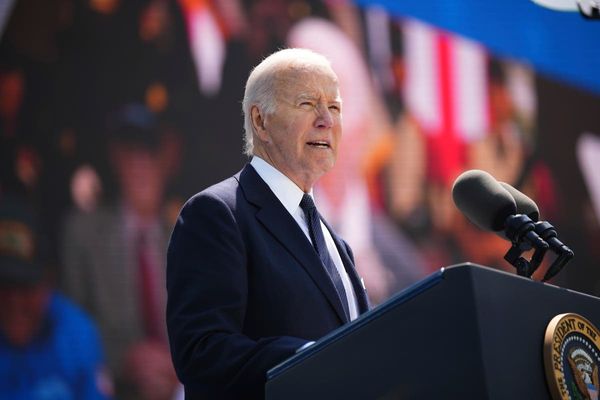More than a month after India and Nepal signed the agreement on long-term power sharing, the two sides have not managed to make any forward movement on the stalled negotiations over the landmark Pancheshwar Multipurpose Project (PMP). On Wednesday, Foreign Secretary Vinay Mohan Kwatra met his Nepali counterpart Sewa Lamsal here. A press note issued on this meeting mentioned the two sides discussed “multifaceted cooperation” but it did not include any reference to PMP, which is by far the biggest bilateral power project conceived between the two sides.
Ms. Lamsal’s visit to Delhi took place just days after Nepal’s Foreign Minister N.P. Saud visited New Delhi to take part in the annual Raisina Dialogue. Subsequently, Mr. Saud also visited the Shri Ram temple in Ayodhya. Ms. Lamsal, who met with External Affairs Minister S. Jaishankar, is scheduled to participate in the 8th Asia Economic Dialogue 2024 being organised by the MEA and the Pune International Centre on February 29. “During the meeting, the two Foreign Secretaries held discussions on the entire range of multifaceted cooperation between India and Nepal and also followed up on the 7th India-Nepal Joint Commission Meeting which was co-chaired by the External Affairs Minister Dr. S. Jaishankar and the Foreign Minister of Nepal H.E. N.P. Saud in Kathmandu last month,” the MEA said in the press note.
After the Joint Commission Meeting, the two Ministers witnessed the exchange of an agreement between the two governments on long-term electricity trade. The agreement aims to increase export of Nepali power to India to the level of 10,000 MW over a period of 10 years. However, the Pancheshwar Multipurpose Project is aimed at generating around 6,480 MW energy (to be divided equally between two sides), along with water for irrigation of 130,000 hectares of land in Nepal and 240,000 hectares of Indian territory, respectively. The two sides were expected to iron out differences over the detailed project report (DPR) but the necessary discussion within the Team of Experts under the Governing Body of the Pancheshwar Development Authority has not been held till now.
It is understood that the project is stalled because the Indian and the Nepali sides are unable to come to a consensus on sharing of benefits. While electricity is divided equally, India gets the lion’s share of irrigation and flood control benefits. On the other hand, Kathmandu feels water is ‘white gold’ and India should pay Nepal for it. India cannot accept this claim as it challenges India’s understanding of other water-based treaties, including the Indus Waters Treaty with Pakistan. A seasoned observer said, that India should find a way to compensate the Nepalese in a satisfactory manner.
However, the discussion to kickstart the Pancheshwar project will require political courage and bureaucratic foresight on both sides, which is yet to emerge. While India has a General Election coming up, Nepalese bureaucrats are worried about agreeing to any Indian proposal in view of the fragile domestic political situation existing in Nepal. Earlier this month, Nepal proposed a two-month tenure extension for the team of experts after their term ended in January. The Secretary-level team of experts met last October but failed to resolve the differences over the DPR.
India and Nepal had agreed to finalise the DPR within three months of the May-June 2023 India visit of Prime Minister Pushpa Kamal Dahal ‘Prachanda’.







